Health / Articles
Food disinfectants: what are they, why they are important and how to pick one
Every year, food contamination causes over 400,000 deaths worldwide. Can food disinfectants help your company fend them off?
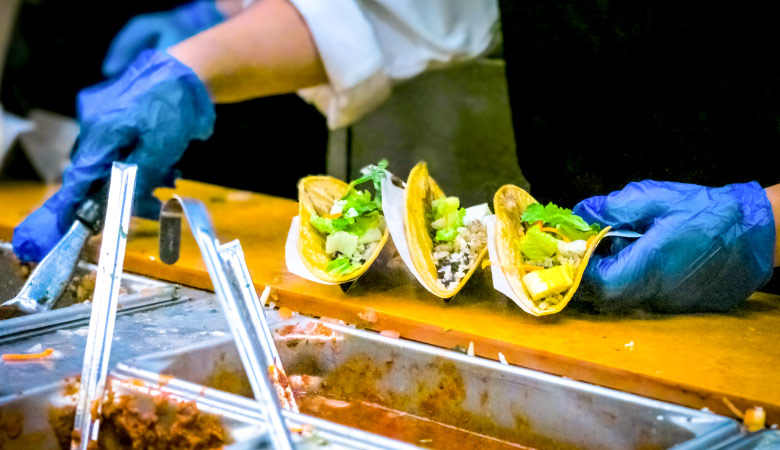
 7 minutes of reading
7 minutes of reading
2022-08-04 16:19:32
Food disinfectants can prevent one of the biggest scourges in the food industry–the spread of food born diseases. Consumers and workers alike feel the ripple effects, as do companies’ results. But what are food disinfectants exactly? This is how they work, why they are so important for businesses, and how to choose and use them.
What are food disinfectants?
Food disinfectants are chemical substances that eliminate viruses, bacteria and other microorganisms present in food products for human consumption. The most common are based on chlorine, and exist in either liquid form or tablets.
They exert a rapid biocide effect, with a wide spectrum effect against many microorganisms such as bacteria, viruses, fungi, germs and also spores. They are efficient at low temperatures and are economical. Crucially, food disinfectants do not alter the taste of food and preserve its properties, because they do not contain alkaline substances or impurities usually present in common disinfectants.
Bacteria can contaminate food at any point in the production and distribution cycle–during harvest, transport or storage, and can pose a severe public health risk if not effectively removed. For this reason, food companies, especially caterers, must be especially alert to this procedure and ensure a correct hygiene of all kinds of fruits and vegetables.
What is the importance of food disinfectants?
According to the latest data from the World Health Organization, there are around 600 million cases of diseases caused by food contamination each year, resulting in 420,000 deaths. Considering that many do not report symptoms to medical authorities, reality can go far beyond official figures.
Diarrheal diseases are the most frequent and represent the eighth leading cause of death worldwide. Children are at increased risk because their immune system is not fully developed, but the elderly and those with chronic diseases are also vulnerable. In addition, food contamination accounts for around €100 billion a year in productivity losses and medical expenses.
The food industry plays a key role in preventing diseases related to the consumption of contaminated food, as it must implement and maintain rigorous food hygiene practices. Special attention should be given to products that are consumed raw, since they are more likely to develop bacteria.
Food disinfectants ensure quality and safety, and are effective against harmful micro-organisms that cause contamination.
This concern should not only involve food products but also on kitchen utensils and equipment, as they are in direct contact with food. In this sense, the industrial washing machine MultiWasher improves the disinfection processes in the food industry, as it sanitizes various utensils, such as pots, plates, trays, carts and many others. It ensures operational and food safety.
How to choose and use food disinfectants?
Using food disinfectants is very simple. However, there are some best practices to follow.
1. Ensure food disinfectants are certified
There is a wide variety of products and brands available in the market, with different compositions and suitable for specific foods. The most important thing when choosing a food disinfectant is to ensure it is certified. Biocidal substances are inspected by governmental bodies and submitted to regular tests carried out in certified laboratories. Thus, ensure that the chosen product complies with current regulations and that it has proven efficacy against bacterial activity.
2. Remove organic matter before use
Food disinfectants lose effectiveness in the presence of organic matter. Therefore, before disinfecting, it is essential to remove organic matter, but preferably without water, to reduce the consumption of this resource.
In this first step, staff should manually wash each individual unit, leaf by leaf and fruit by fruit, to ensure the removal of larvae, insects or parasites. They should then apply the disinfectant to eliminate all microorganisms invisible to the naked eye so that the health of consumers is not at risk.
3. Give food disinfectants time
The biocide action of disinfectants is not immediate, so it is usually necessary to wait some time for the effect to be activated. Contact times vary according to the type of disinfectant and the manufacturer, so it is important to follow the instructions on the packaging. Most manufacturers will detail the recommended concentration so as not to compromise the effectiveness of the disinfectant.
Failure to comply with these guidelines can lead to the formation of spores and resistance to disinfectants, which is another serious problem in the food industry. It is also recommended to alternate between food disinfectants to prevent the development of bacteria resistance to each active substance.
4. Avoid contact with eyes and skin
Carefully read the information on the packaging before using it, to see the proper way to handle the food disinfectant. The most common concern is to avoid contact with the eyes and skin. But if it does happen, rinse immediately and thoroughly with water and seek medical treatment. In case of accidental ingestion, do not force vomiting – instead, consult a doctor as soon as possible, and bring the packaging or label.
Multiwasher: the machine that washes everything
The Multiwasher is the world’s most innovative industrial washing machine which increases food safety in every process, from farm to table. This state-of-the-art equipment ensures the washing, hygiene and disinfection of any industrial utensil, meeting all requirements of efficiency, sustainability and safety. Schedule a demonstration and see for yourself the impact it can have on your company.
You may also like
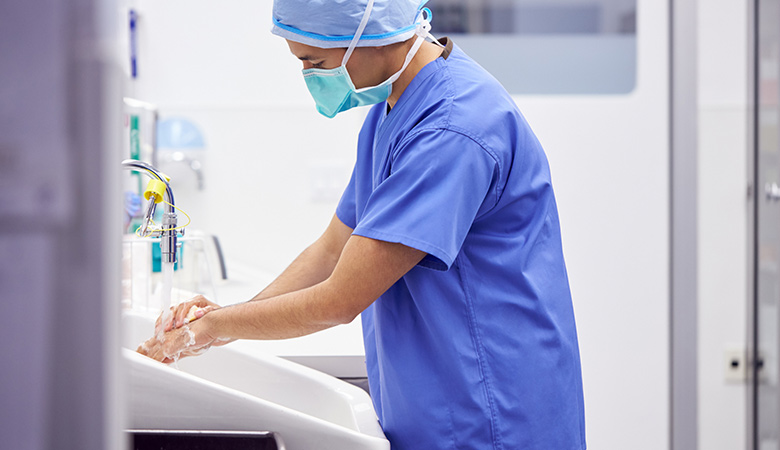
Health / Articles
Hospital Hygiene: 5 good practices that promote patient health
Hospital hygiene has a direct influence on patients’ health and recovery. Find out how to promote it with these 5 best practices.
Posted in 2022-04-07

Health / Articles
Hospital disinfection: the unlikely protagonist
Hospital disinfection is essential for the healthcare ecosystem, but it is only visible during a crisis. Find out exactly what this concept means...
Posted in 2022-03-03

Health / Articles
Food disinfectants: what are they, why they are important and how to pick one
Every year, food contamination causes over 400,000 deaths worldwide. Can food disinfectants help your company fend them off?
Posted in 2022-08-04
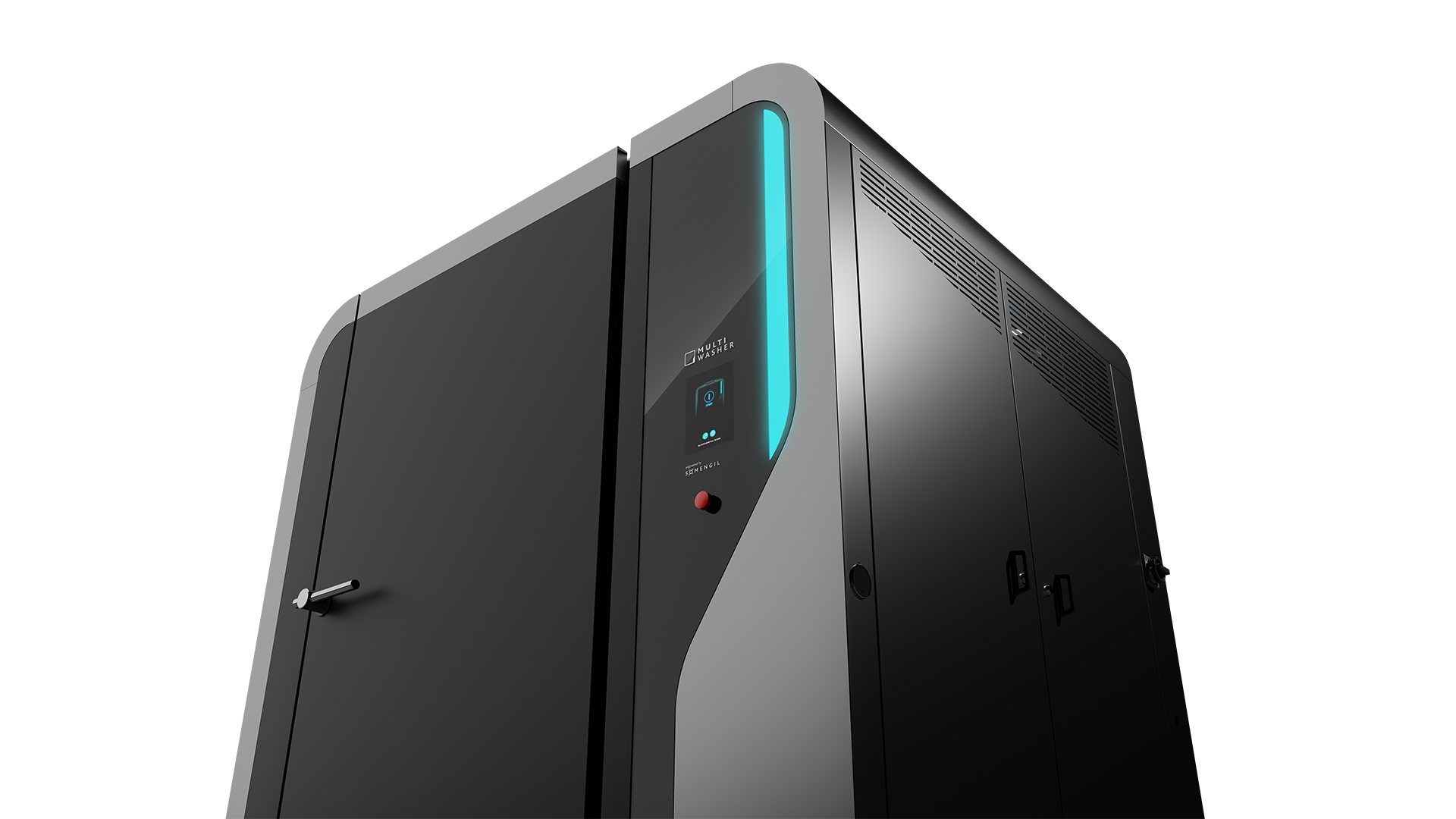
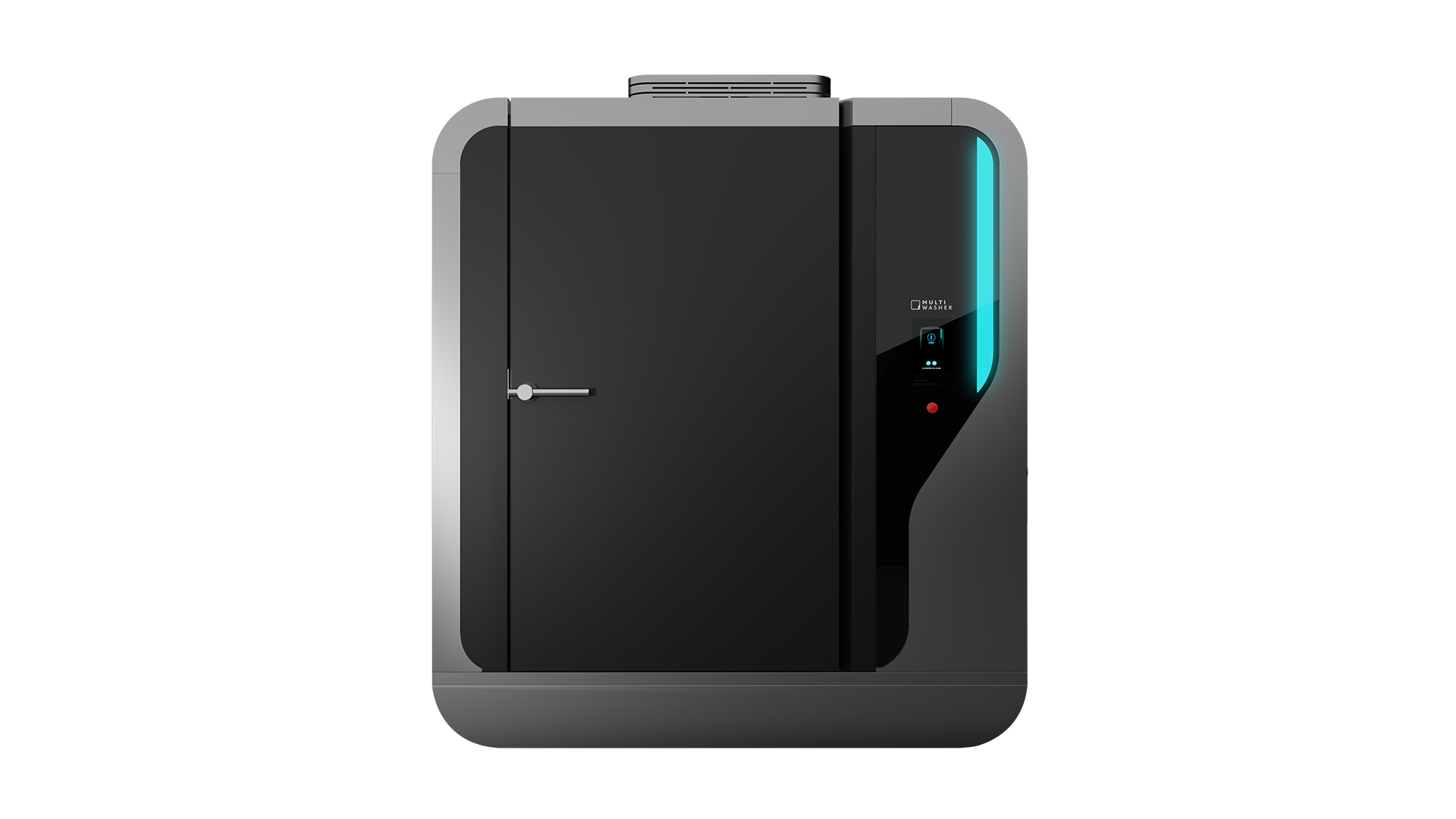
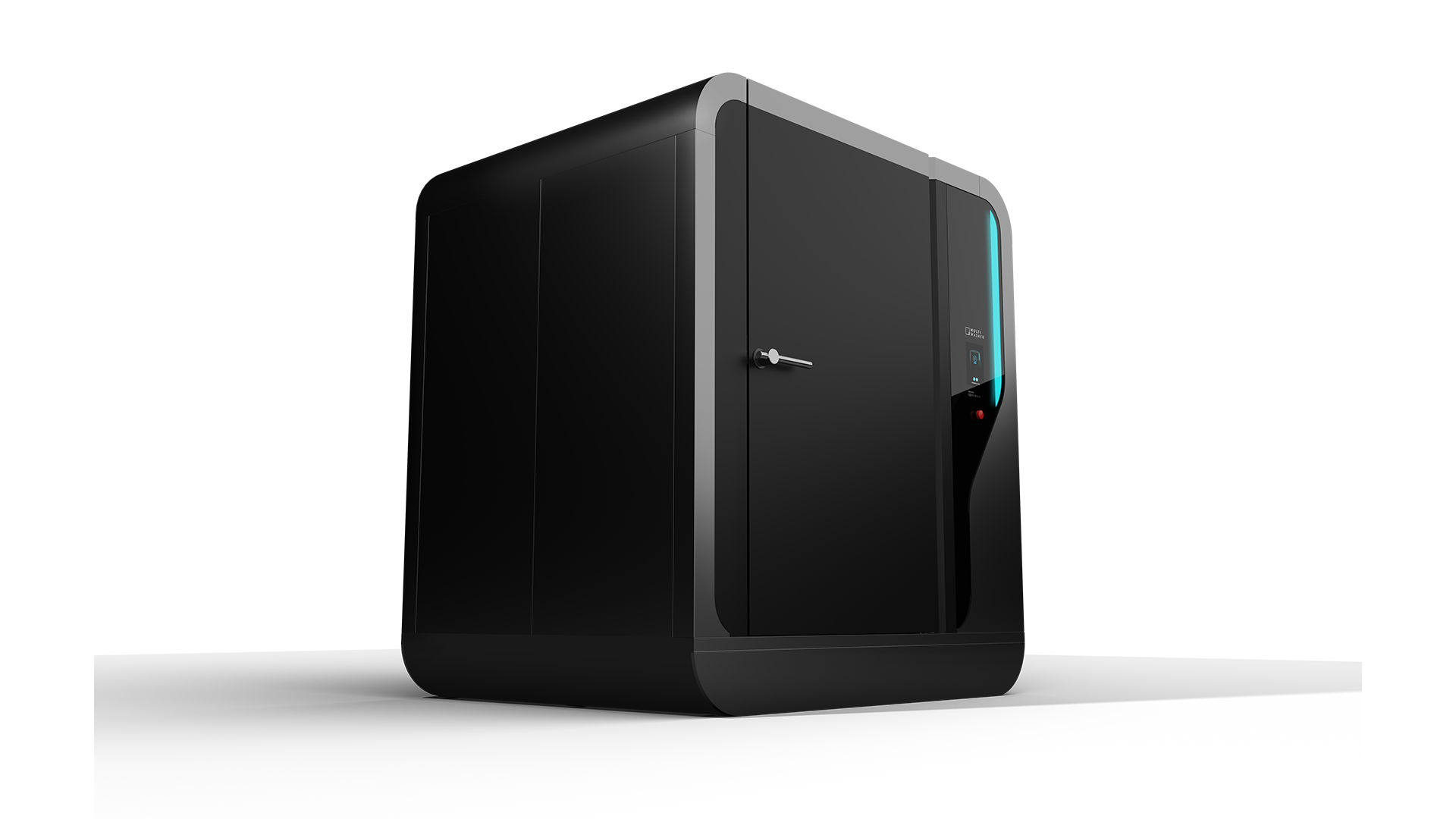
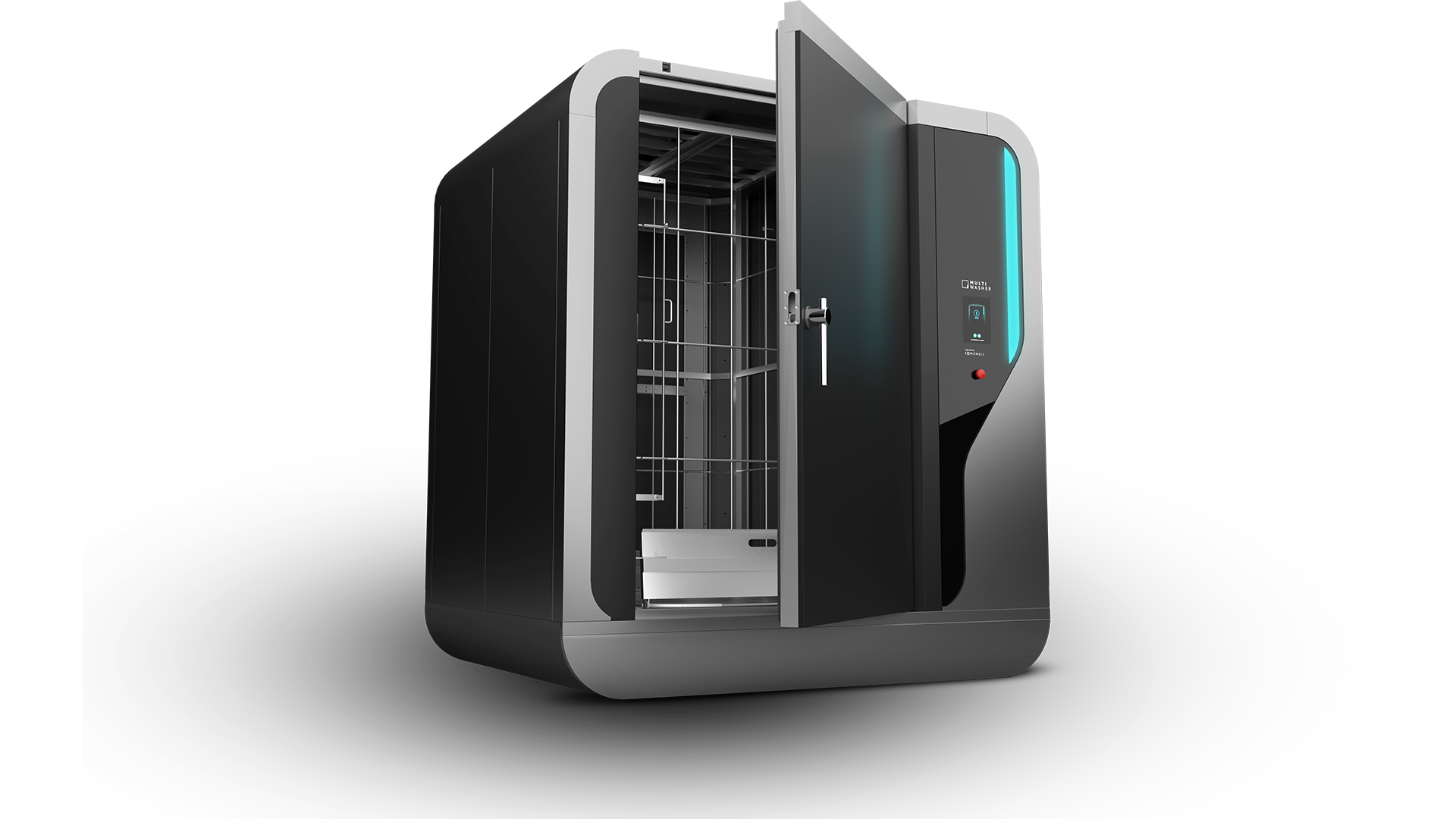
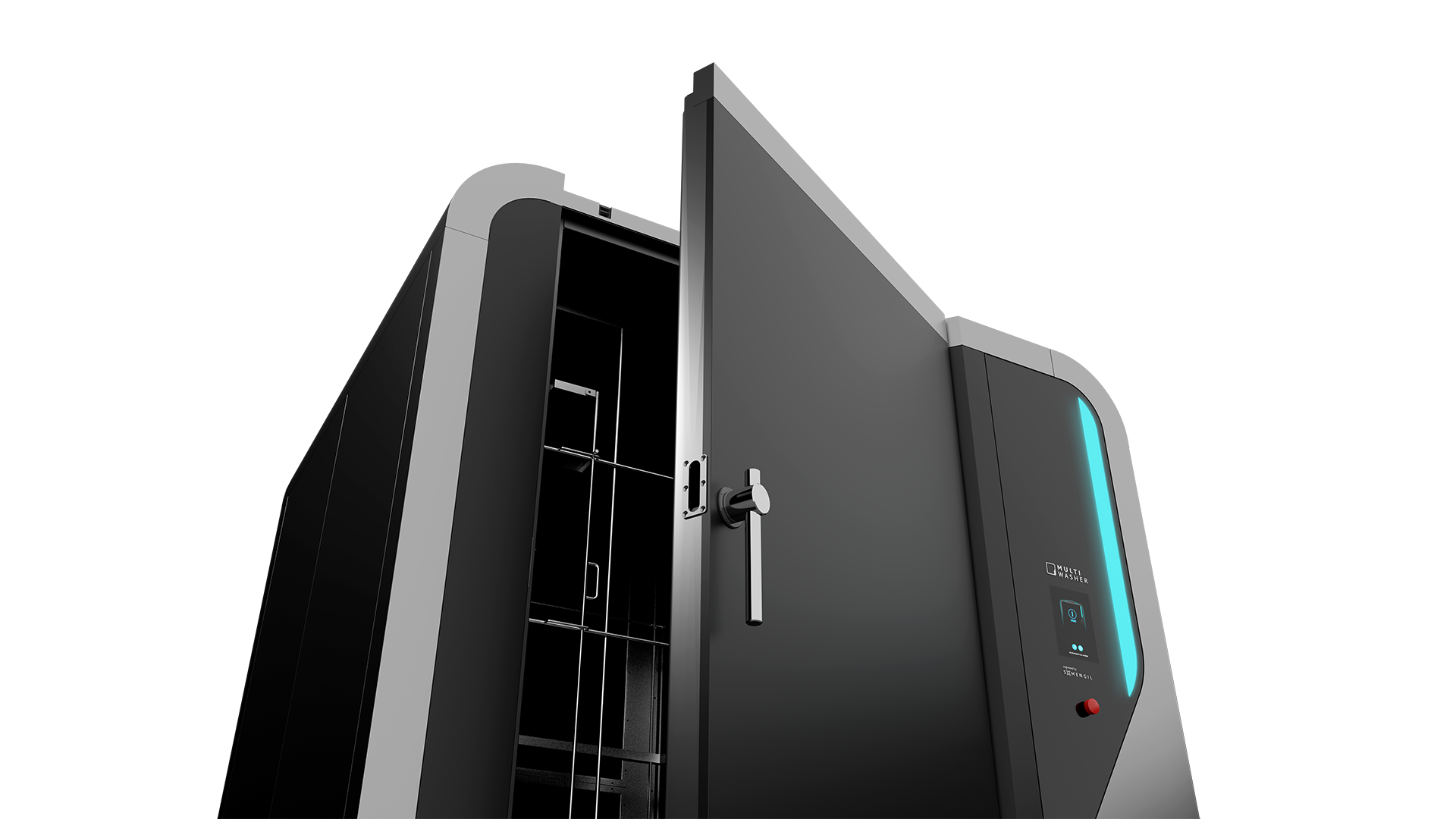
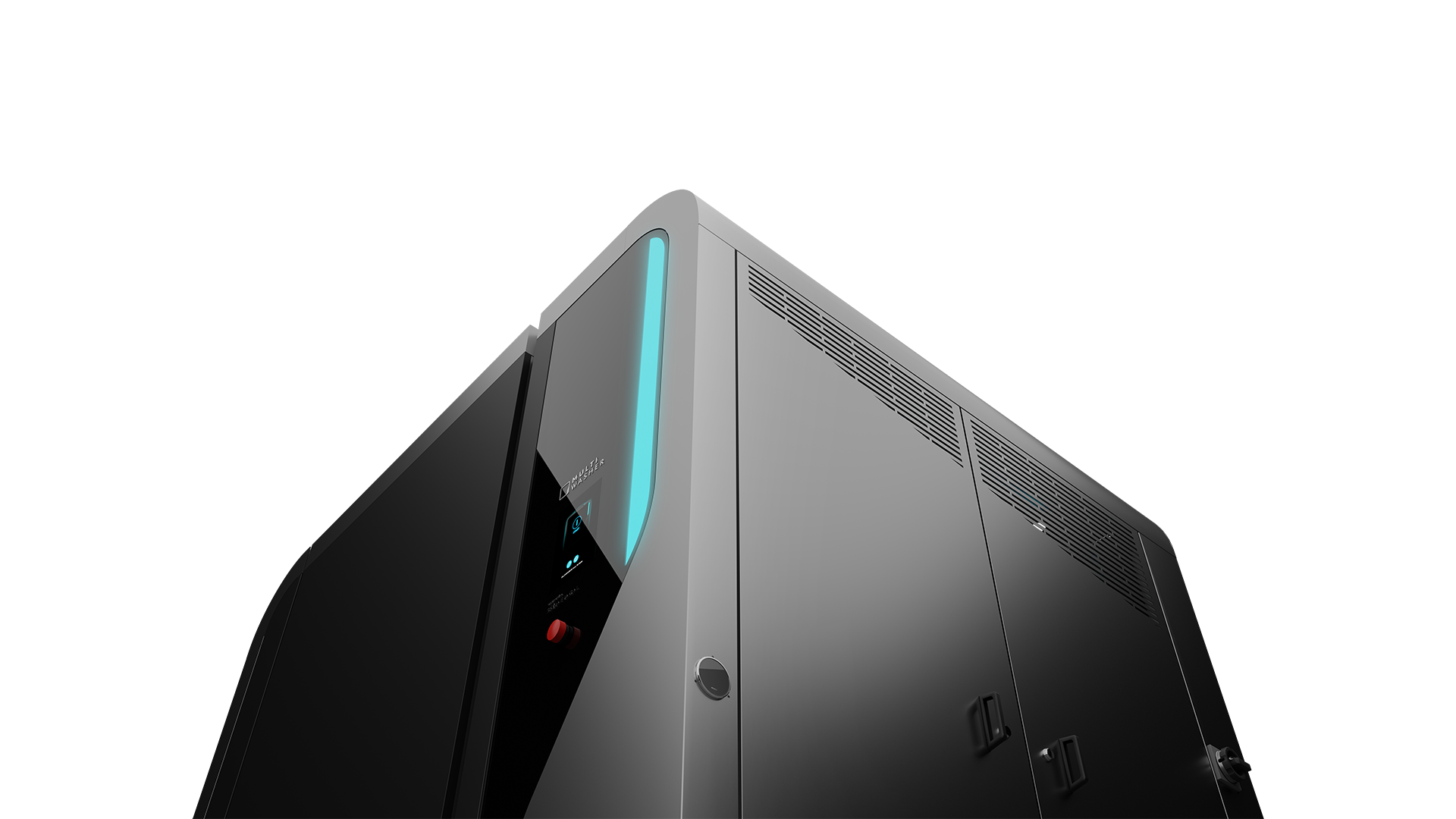
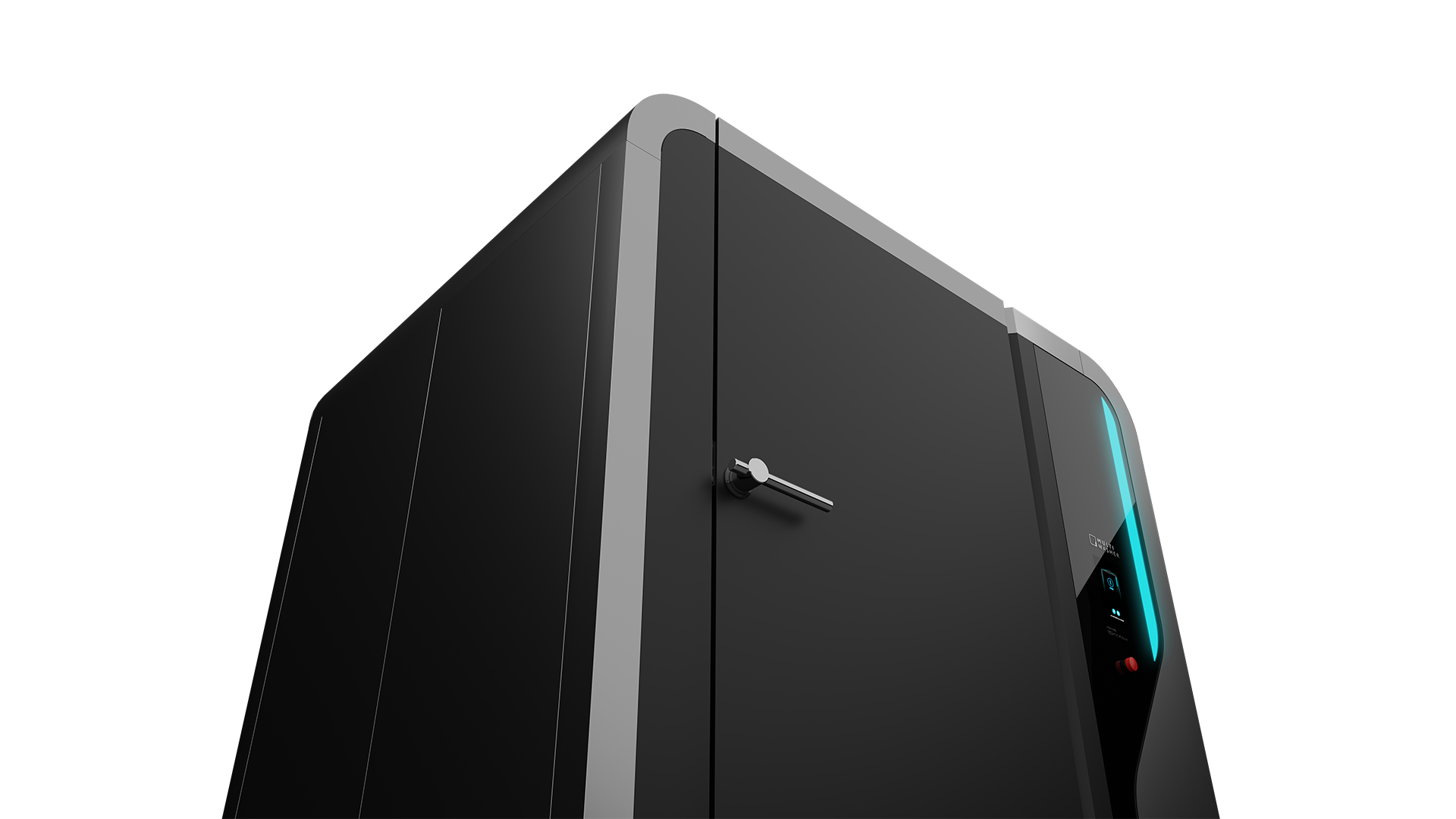
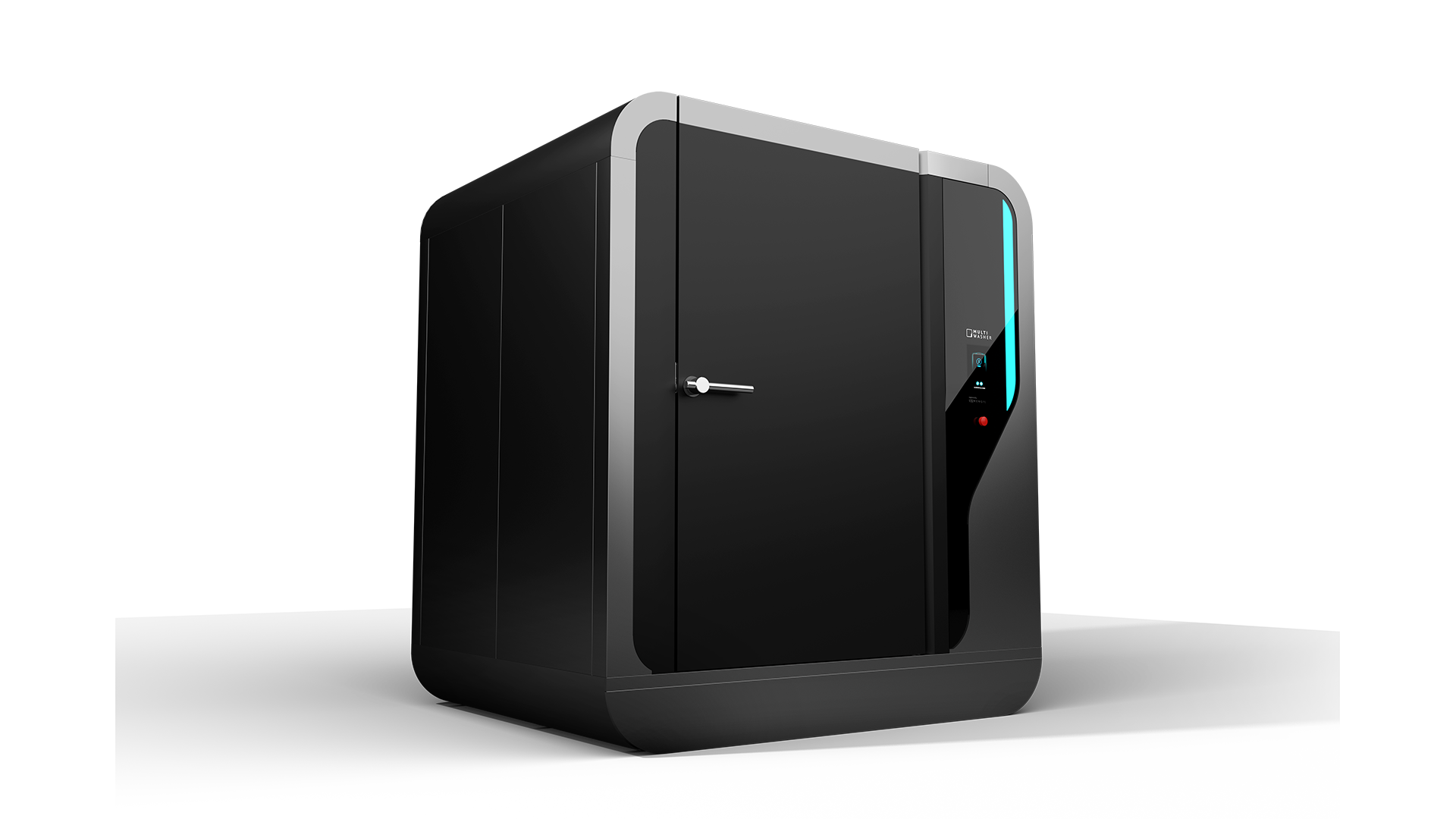
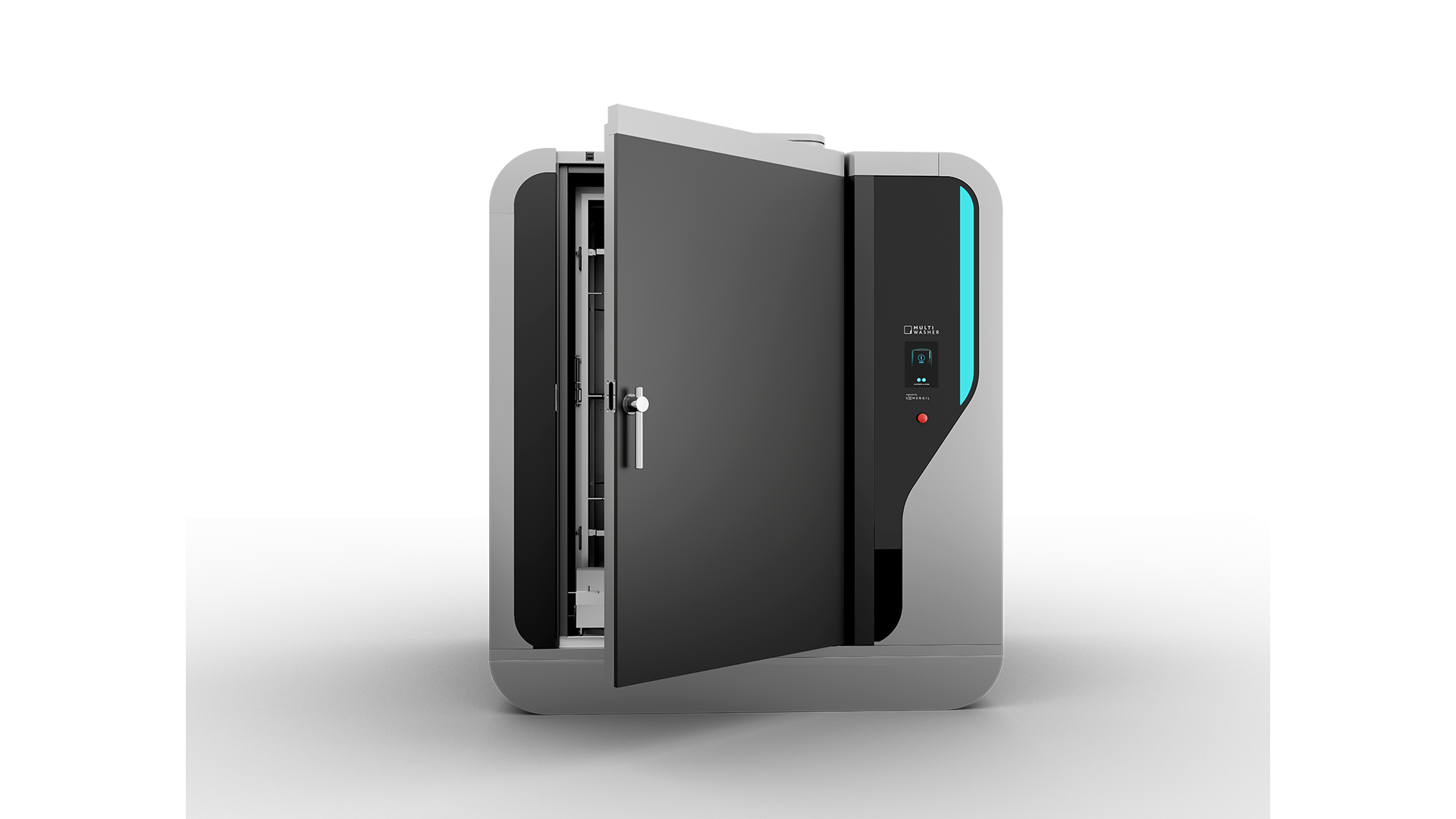
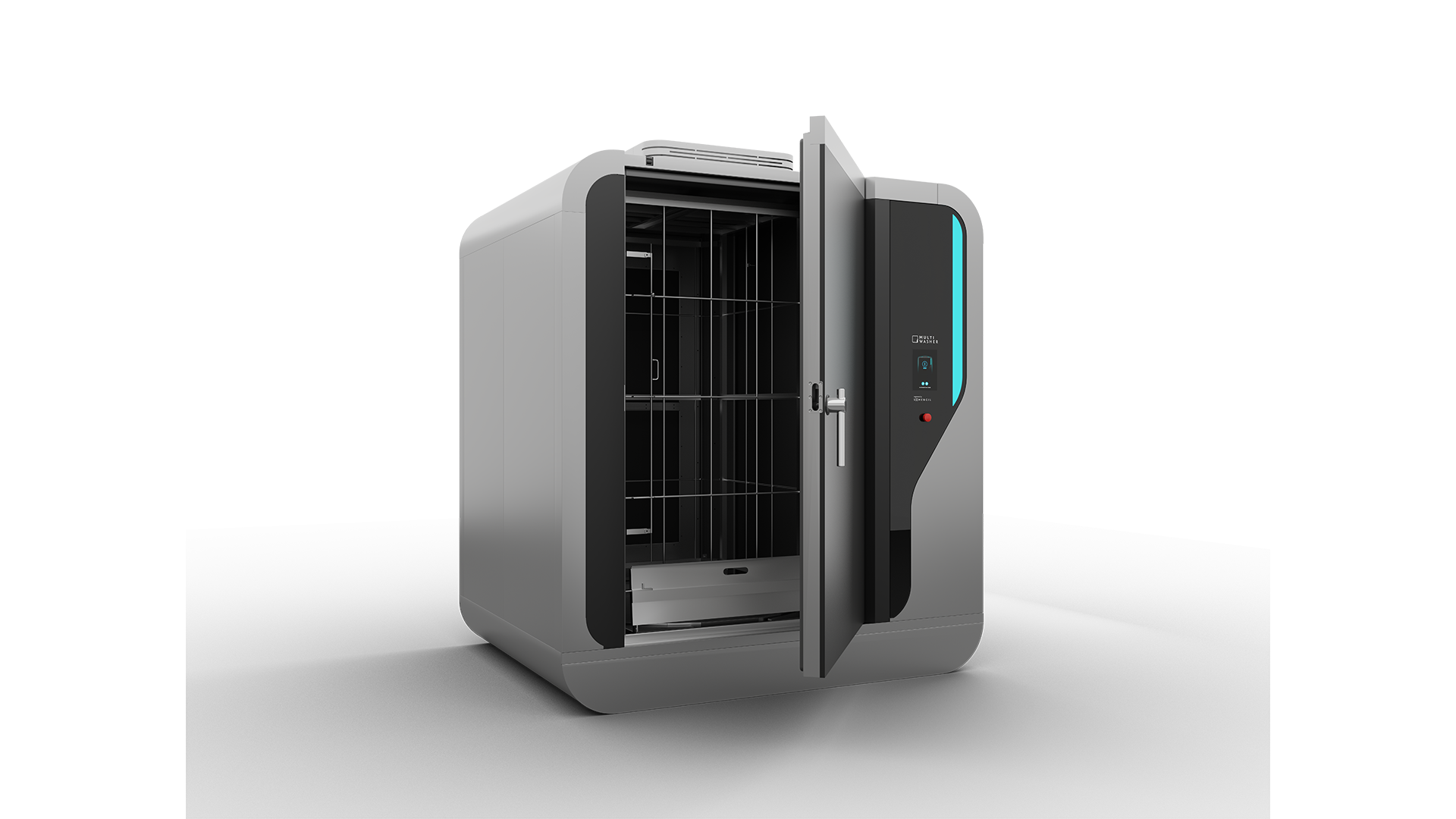
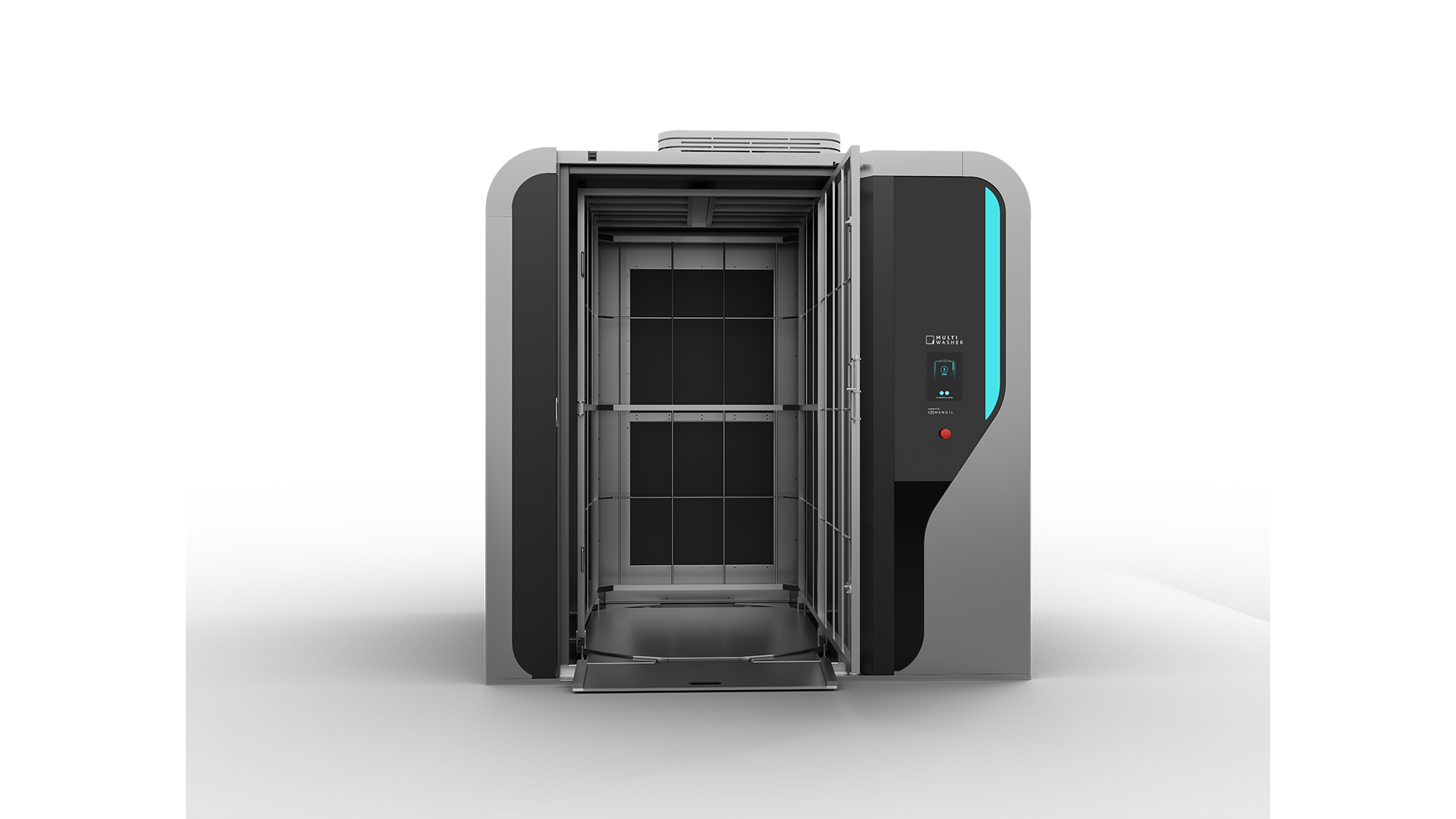
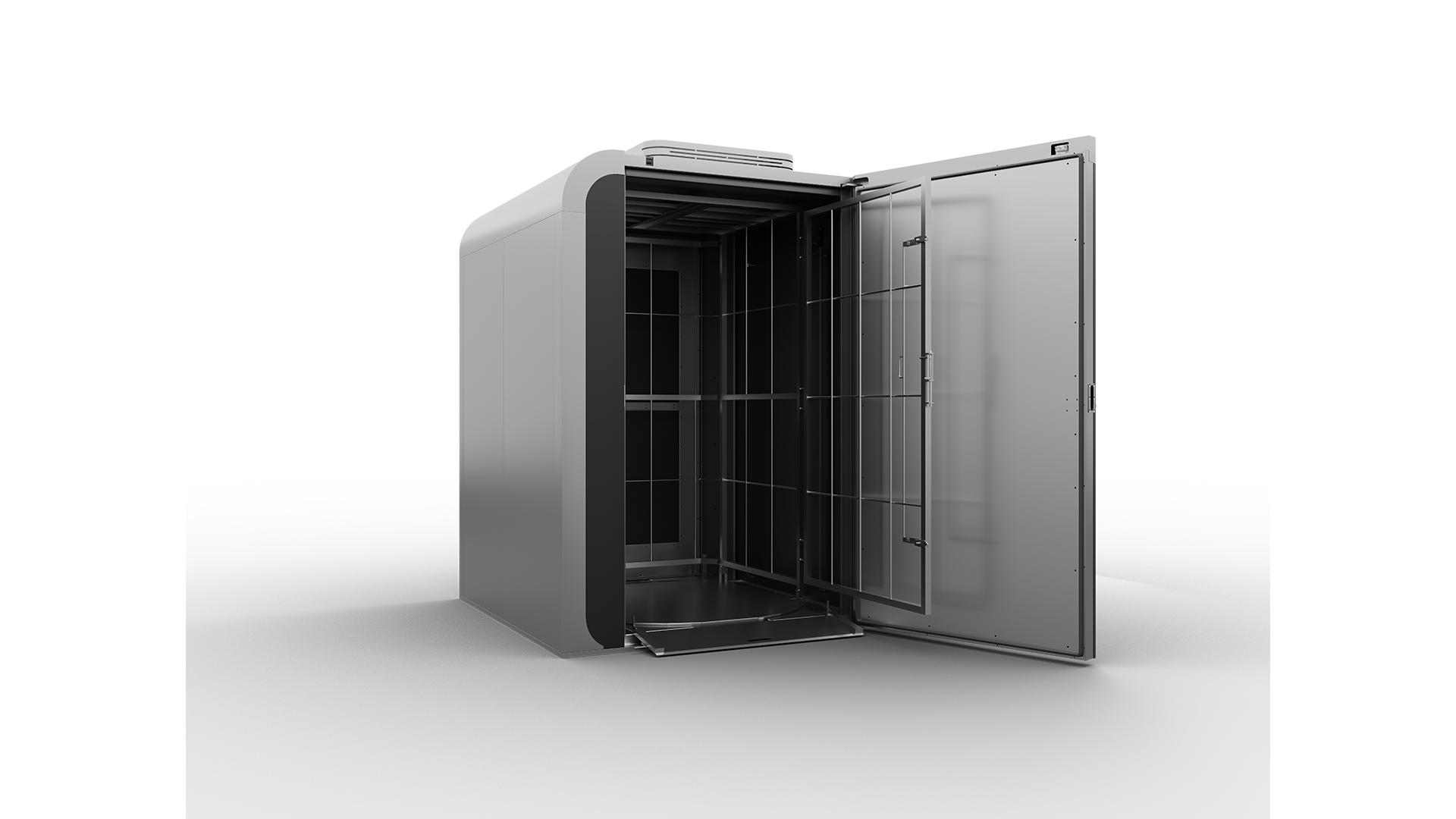
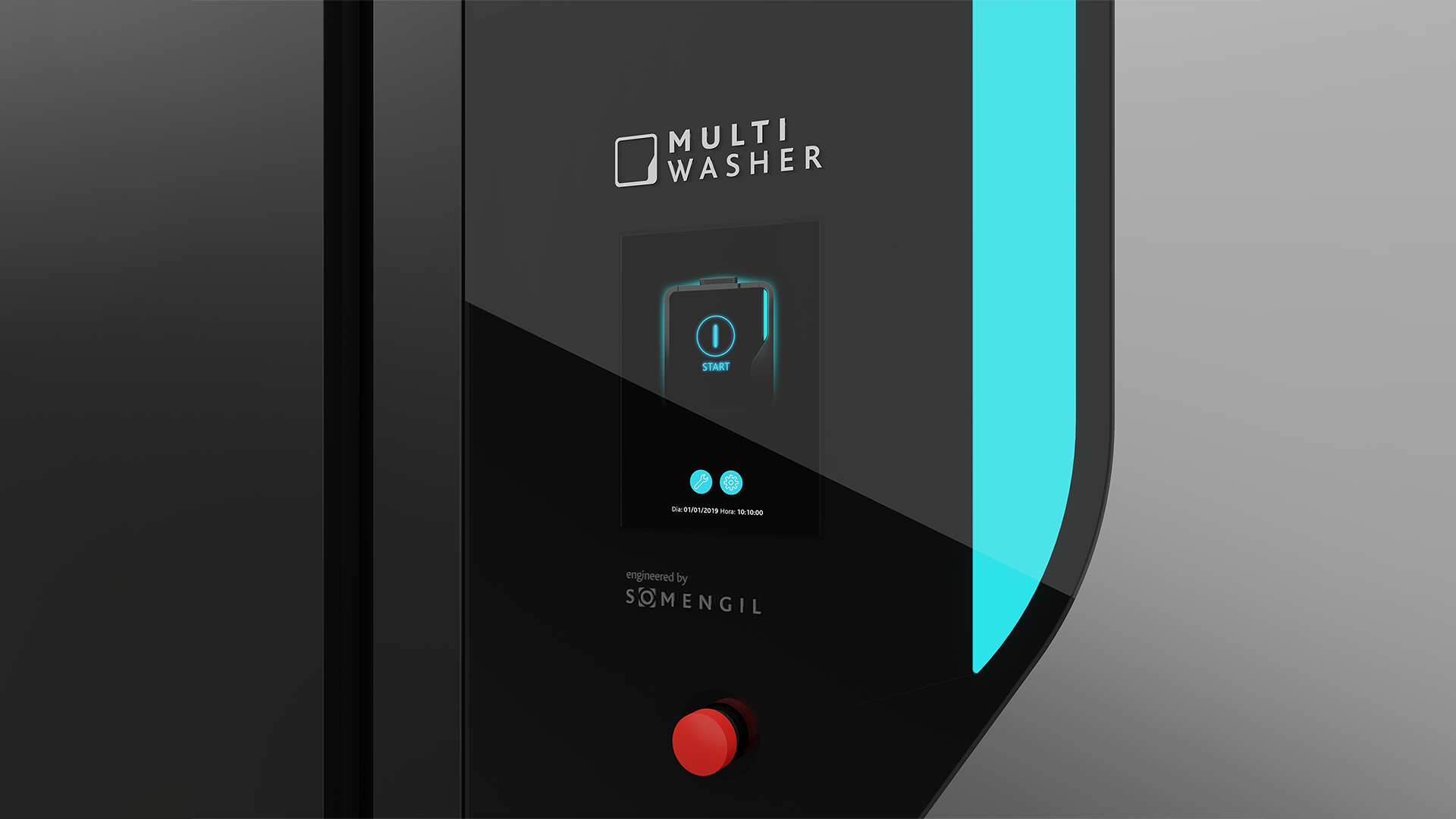
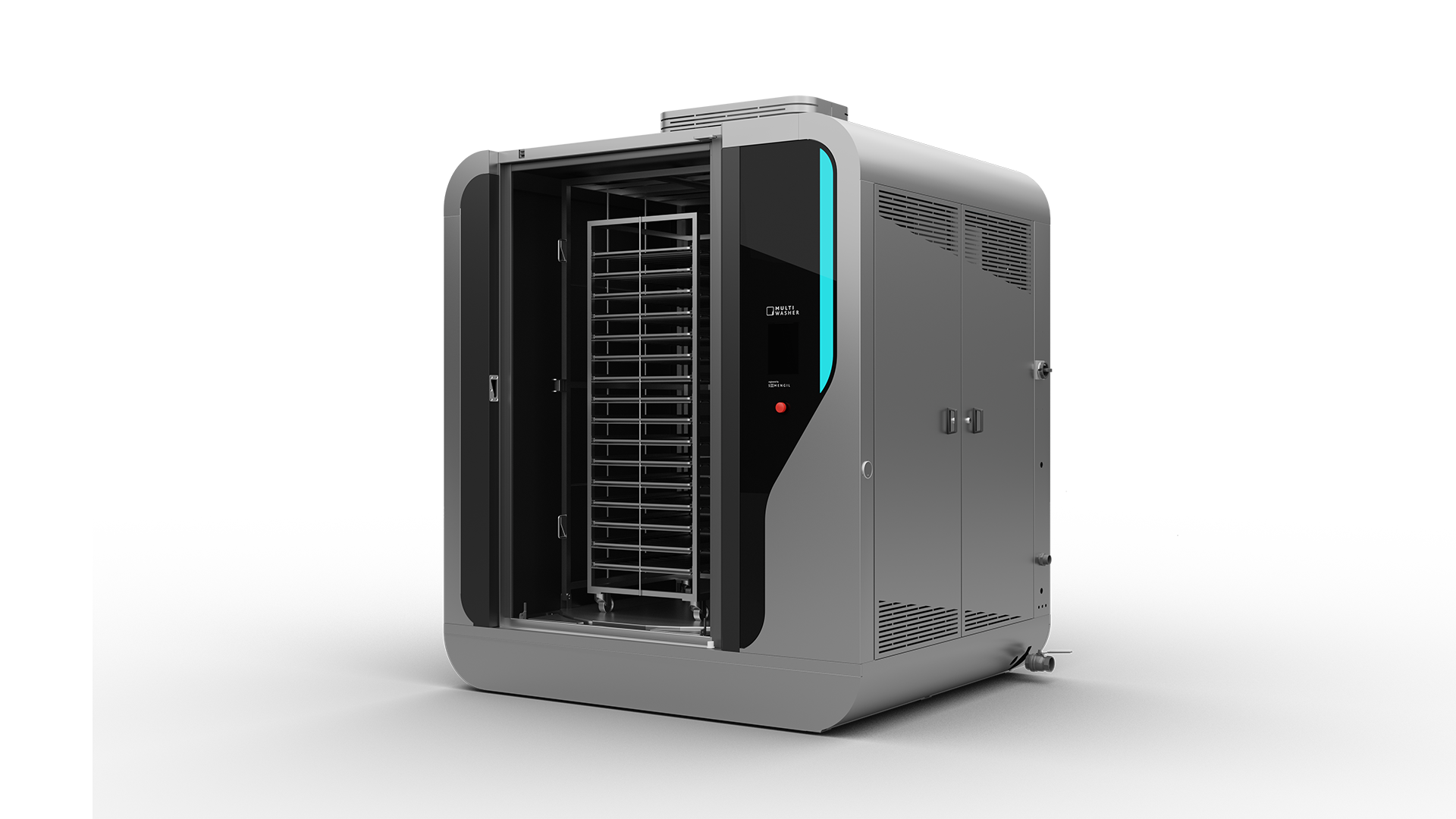
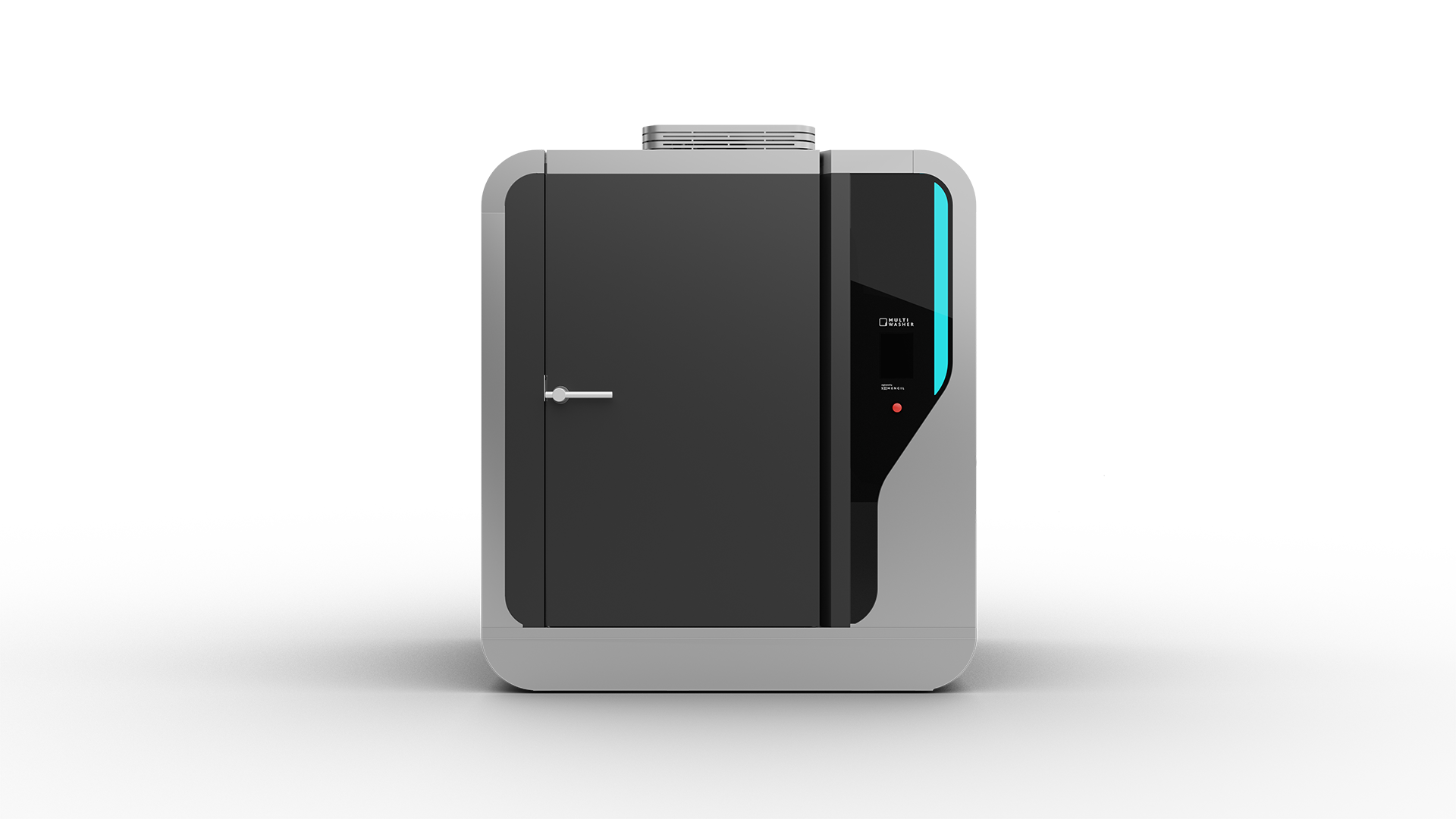

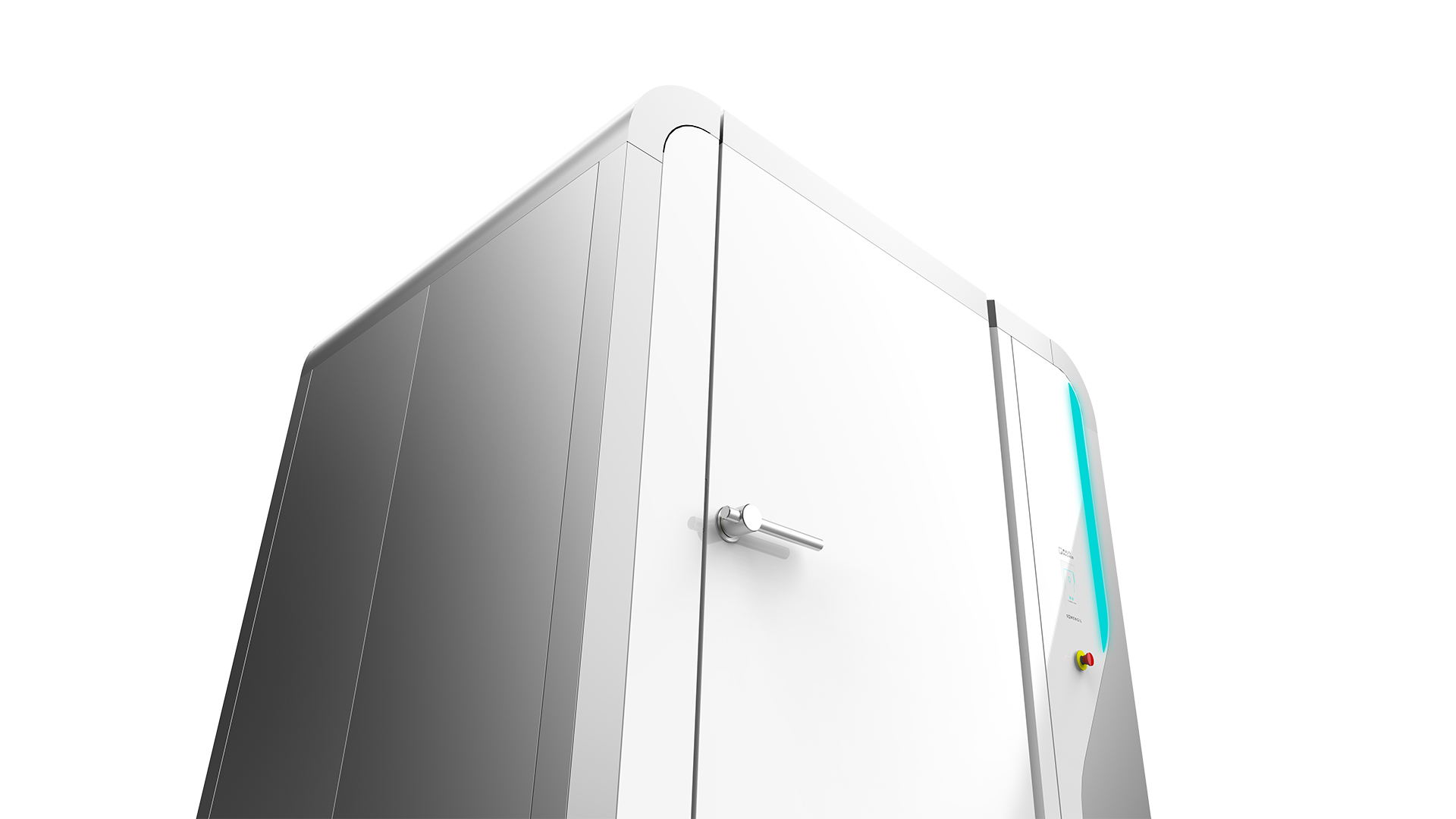
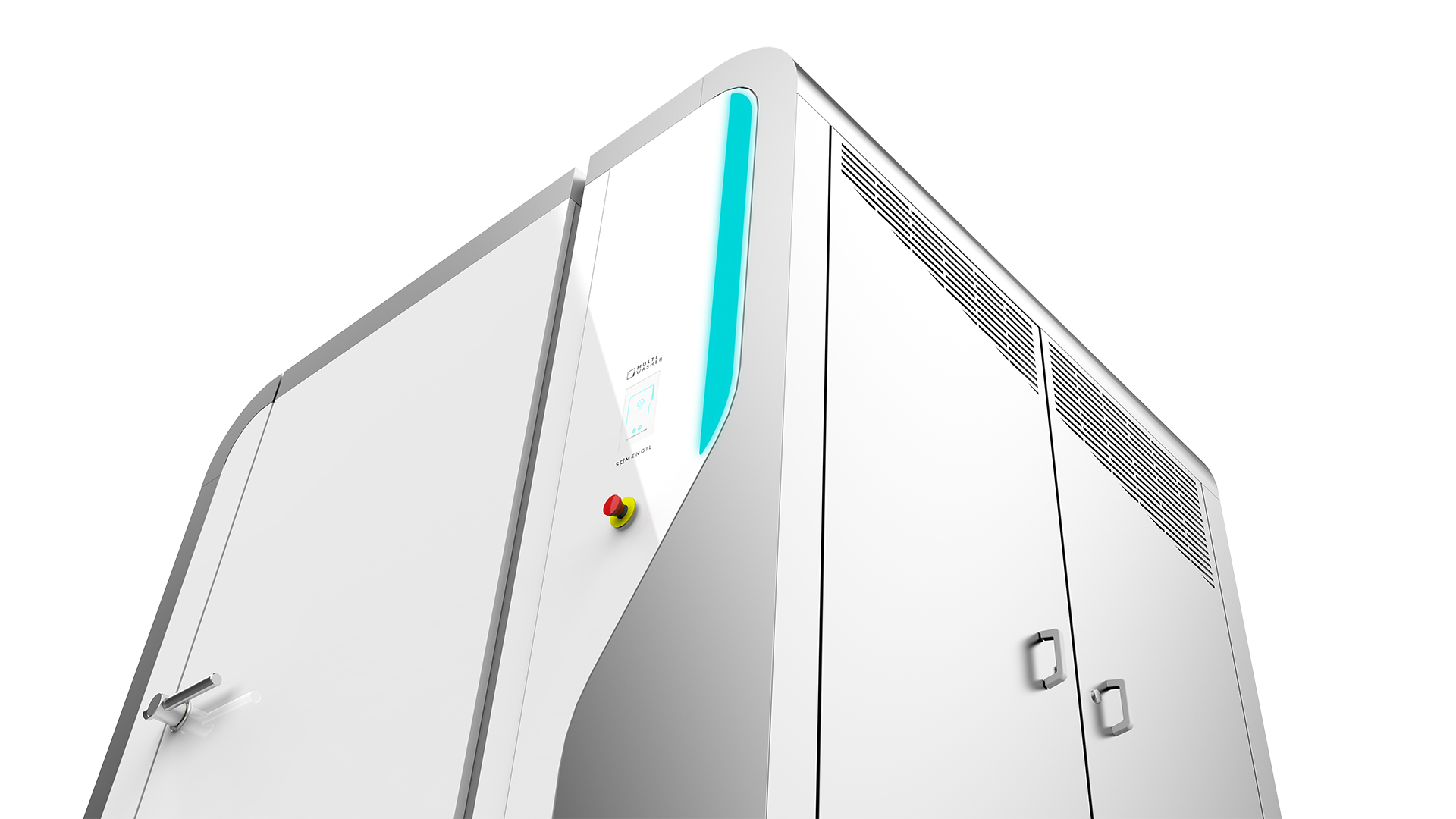
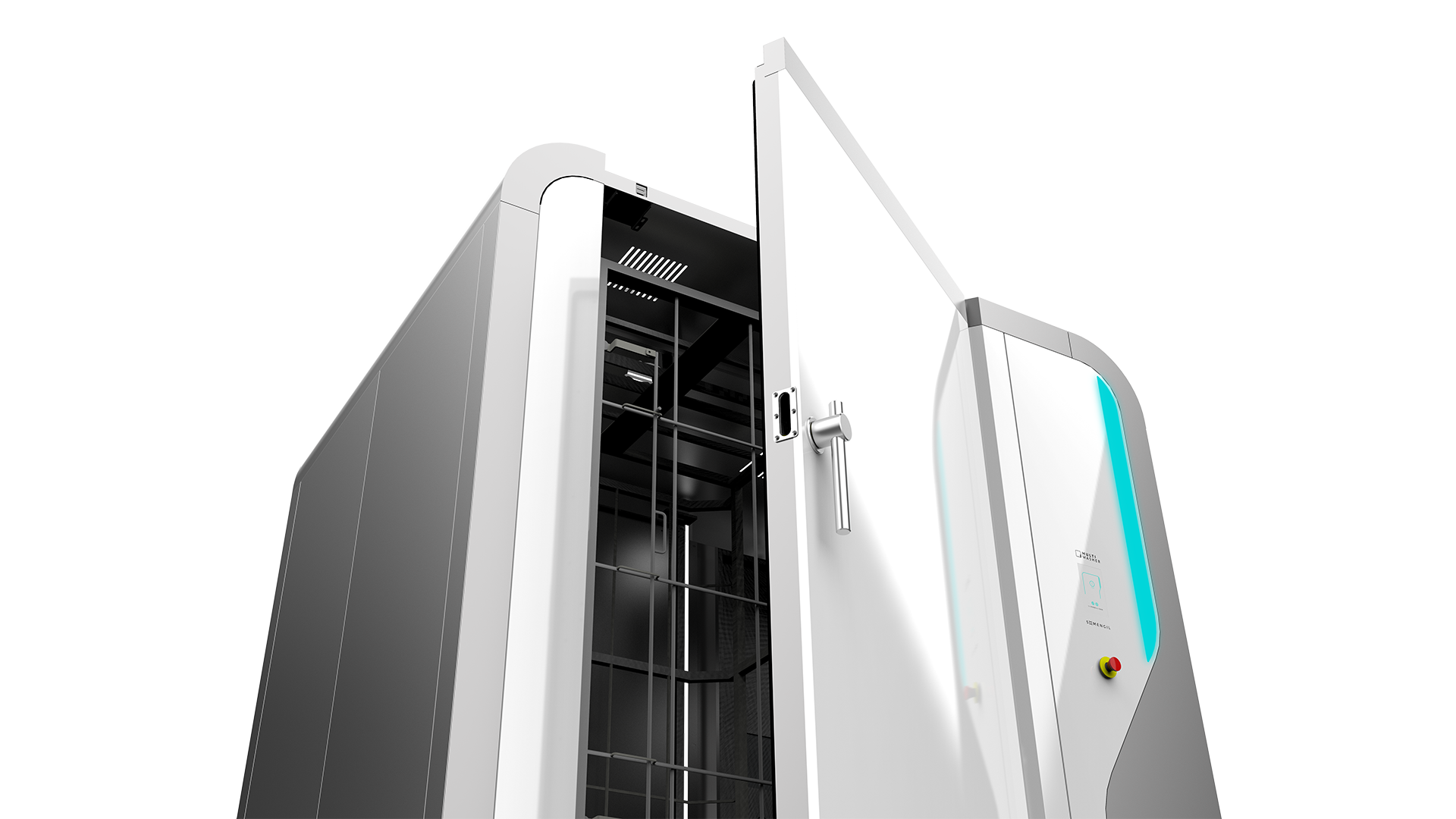
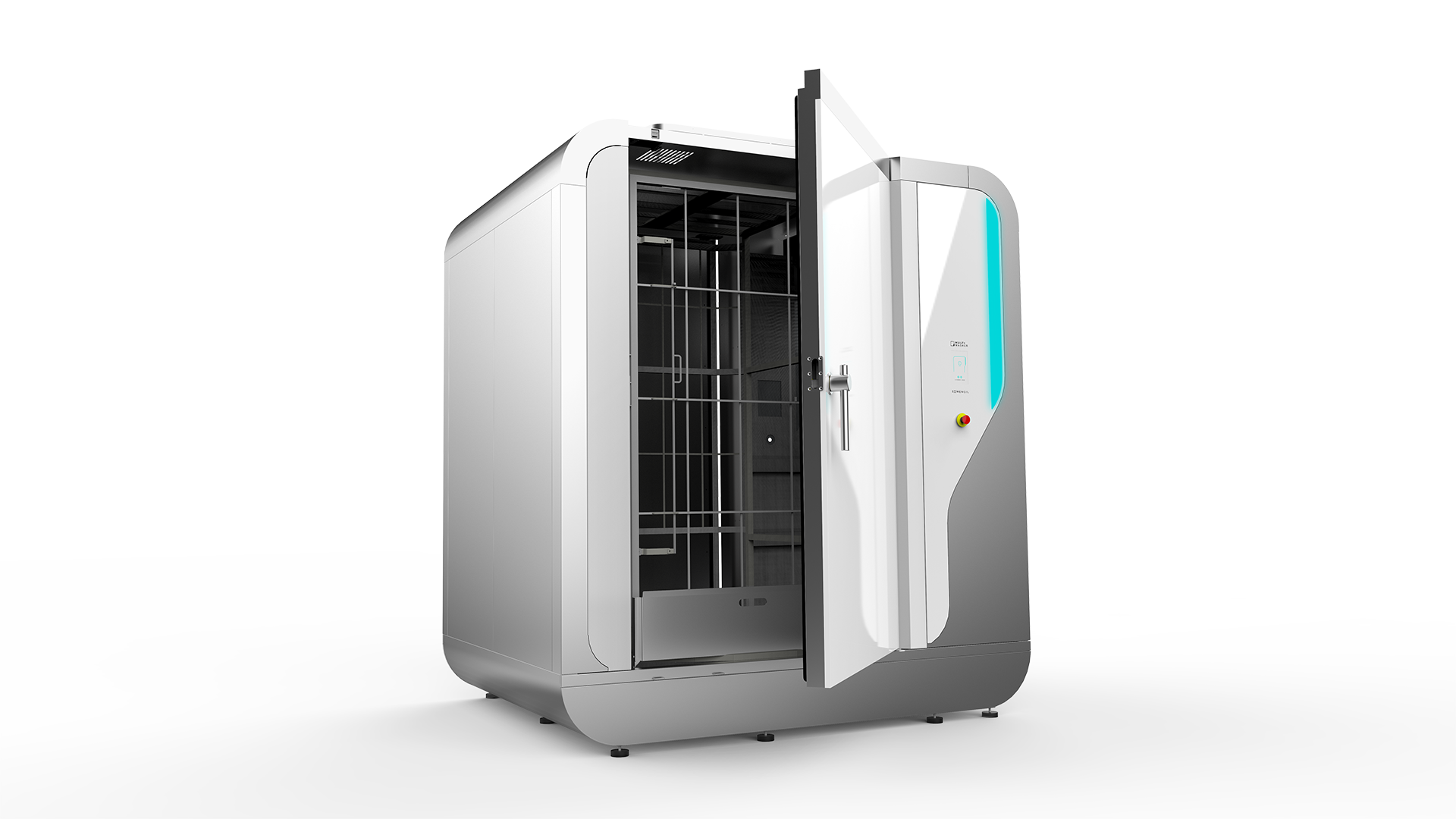
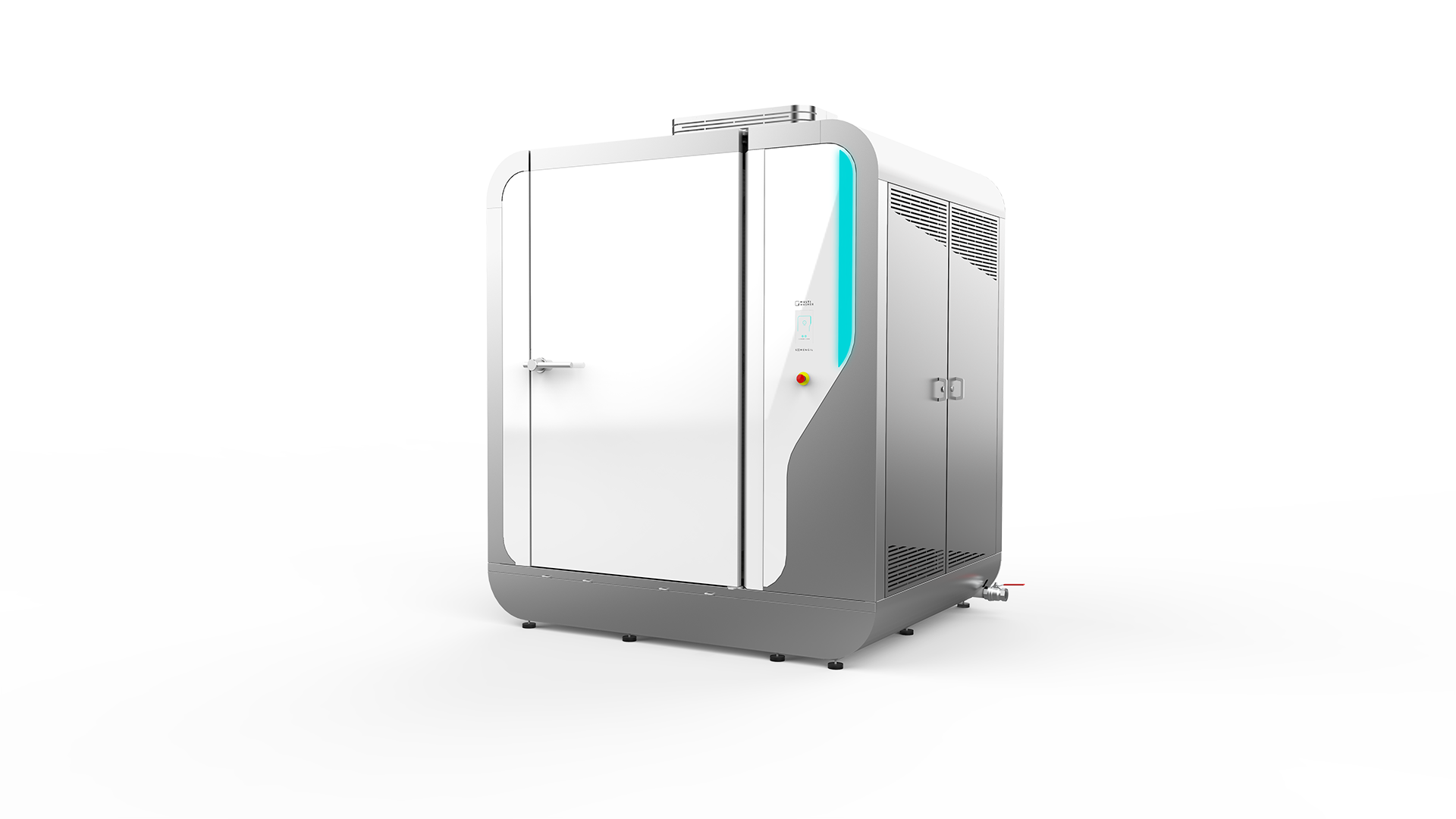
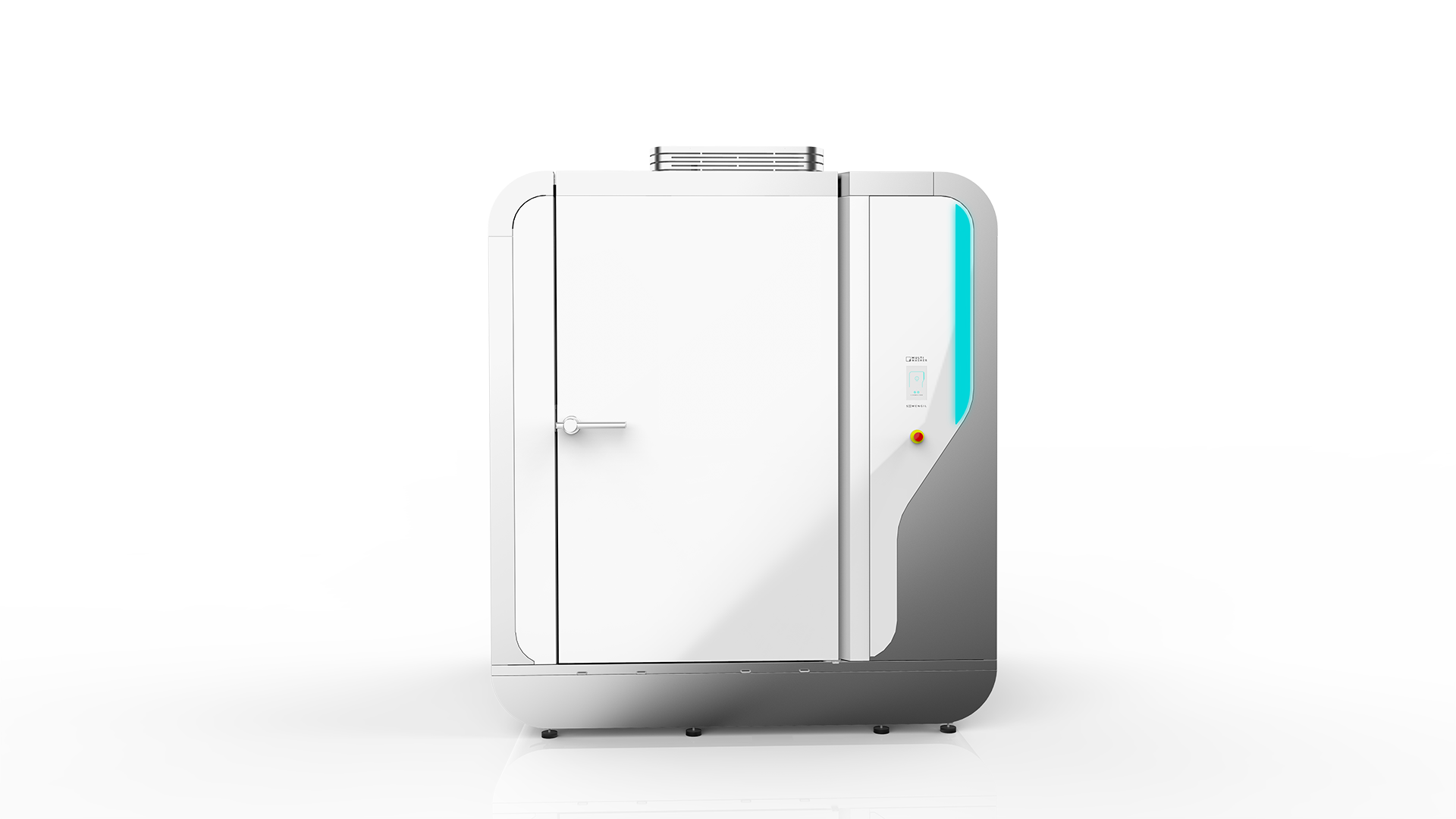
 Portugal
Portugal United Kingdom
United Kingdom United States
United States France
France Spain
Spain Germany
Germany Romania
Romania Italy
Italy Czech Republic
Czech Republic Finland
Finland Hungary
Hungary Slovakia
Slovakia Greece
Greece Lithuania
Lithuania South Korea
South Korea Russia
Russia Saudi Arabia
Saudi Arabia Poland
Poland Brasil
Brasil Hebrew
Hebrew